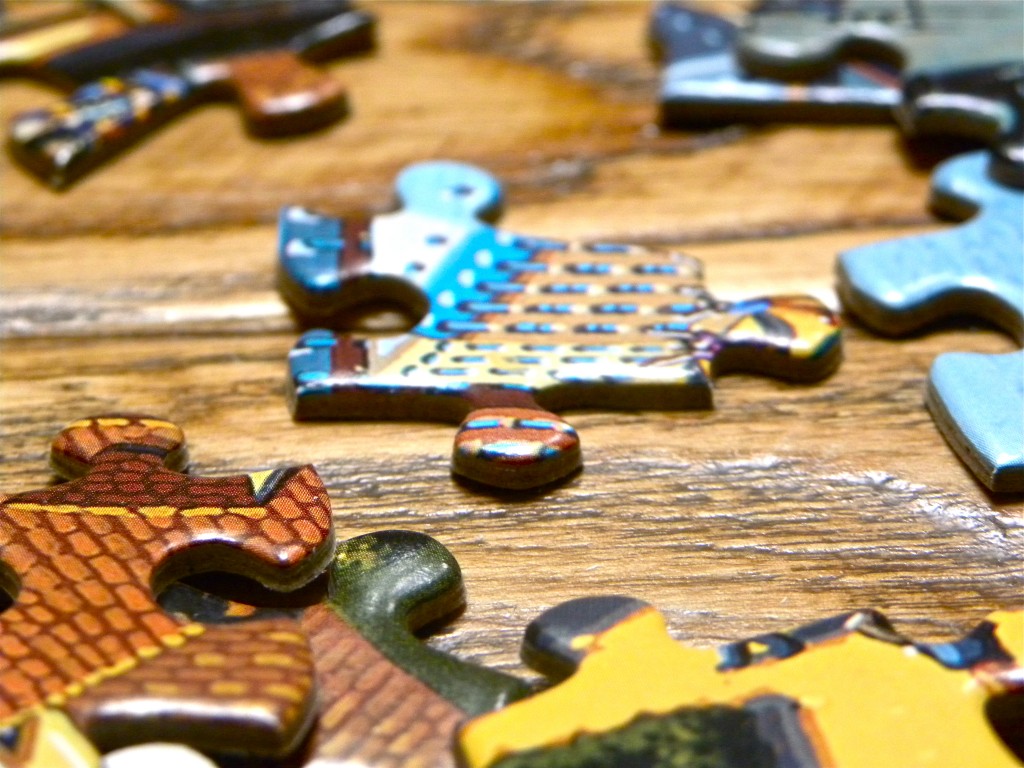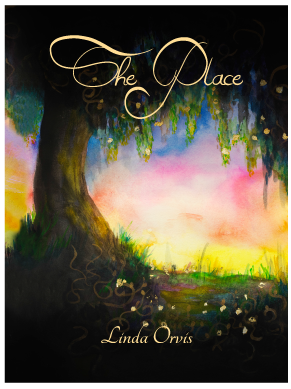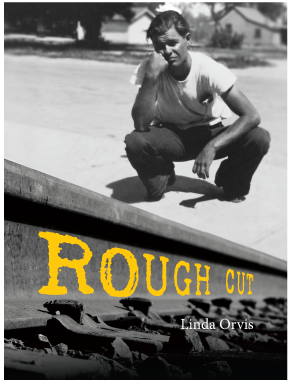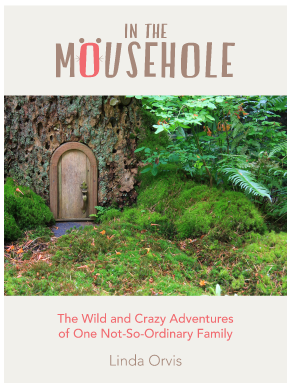
It’s a real conundrum, the January Puzzle. It first baffled me about twenty years ago on a cold night (as cold as California gets, anyway). Surrounded by our children, we huddled near the crackling fire in our family room, putting together a jigsaw puzzle––a thousand piecer. The picture on the box reminded me of summer: a huge wooden bowl filled with every fruit imaginable, sitting on a white windowsill. The sun shone on yellow bananas, making them shimmer like gold. Lacy curtains fluttered in the breeze.
“Why do we put puzzles together in January?” our fifteen-year-old, Josh, asked.
Stunned, I couldn’t answer his simple question. “Do we?”
“Yes, every year.”
I hadn’t thought about the subject before, but I have many times since.
How long have jigsaw puzzles been around? John Spilsbury, an English printer, invented the jigsaw puzzle in 1762 as an educational device to teach geography to children. Dissected pictures followed, covering subjects such as history, alphabet, botany, and zoology. Jigsaw puzzles’ popularity soon spread to the United States. Puzzle working experienced a revival in the years of the Great Depression as an inexpensive, reusable amusement. Another revival began after World War II and jigsaw puzzles have remained popular ever since. (Encyclopedia Britannica, Micropaedia Edition, Vol 6 p 550.)
Once my son asked his question, my recollections took over. In my childhood, our family put puzzles together, starting right after Christmas. We rotated this activity with playing whatever games Santa brought. Mom placed a big bowl of unshelled nuts in the center of the table. Shell fragments flying everywhere mixed with the tiny cardboard pieces.
According to puzzle manufacturers, their busiest season is the last quarter of the year when they prepare for high sales during the winter months. Christmas, of course, tops them all. How many puzzles do you remember getting for Christmas? January through March also reflect high sales. Why? Puzzle experts speculate that winter keeps people indoors, and what better activity than working a puzzle in front of the T.V.?
Is weather the only reason customers dig through the shelves for the brightly colored puzzle boxes at the first of the year?
Could it be that there is something therapeutic in making sense of chaos? Seeing a thousand pieces of cardboard spread across a table can be almost overwhelming. Past generations of puzzle doers whisper in your ears, “It can be done.” So, you start. Much like life itself.
The holidays are over; the decorations packed neatly in the attic. We make new promises––resolutions.
There’s an edge piece.
No more fatty foods. We’ll cut back on the sugar––try out that exercise bike we got for Christmas.
Yellow. Does this piece belong in the lemon or banana pile?
This year we’ll simplify our lives. We’re going to read to our children more.
Sometimes the way we approach life is reflected in our puzzle habits. Some prefer to turn the pieces over before they begin. One of our sons sorts through the box for edge pieces without dumping them out. Our daughter-in-law works on each picture, finishing a plumb here, an avocado there. Our oldest son, a CEO, tries to organize us:
“Mom, you find the brown for the bowl. Jared, you concentrate on the window.”
My preference is to jump from area to area. Searching for the white lace on the curtain, I may spy a green that looks like the color of a grape. Off I go.
Even the selecting of a puzzle is unique to an individual. Have you ever met a puzzle snob, proud to claim they only work on the hardest pictures? A company named Scmuzzles, invented an exceptionally difficult puzzle in 1978 worthy to test the most astute puzzle worker. It consists of one hundred sixty-eight identical laser-cut pieces with only one correct solution, although the pieces will fit together regardless.
I prefer a puzzle with individual pictures (easier that way) and colors unique to the subject––like fifty dolls, or an entire picture of different candies. There are those who buy only puzzles with repetitive subjects, such as one hundred goldfish, all the same.
The chatter going on while working a puzzle can be enlightening as well as trivial. Either way, it binds families. They’re not competing, as in a sport, but working together toward a common goal. Are there ever problems?
“Josh, move, you’re blocking my light.”
“Natalie, if you don’t help us turn the pieces over, you can’t join us in doing the fun part.” (The CEO). “Dig those pieces out of the baby’s mouth, Jared.”
And the traditional, all-time puzzledom chant, “We’re missing a piece!” In seconds, crawling on hands and knees, everyone searches the carpet, pull off the sofa cushions, crying out in disgust as they discover the gummy pieces of candy leftover from Christmas.
Sometimes the last piece can’t be found until one of the helpers is ready to confess they’re sitting on it, or they’ve hidden it in their pocket. Why would they do such a thing? Every chronic puzzle worker knows the answer. To put the last piece in, of course.
When it’s done, a wave of satisfaction filters through us. Everyone gathers around the table to admire their handiwork. Completed puzzles are beautiful, creative things. But what do you do with them? There too, individuality takes over. Some leave puzzles on display for weeks. Others, who can’t bear to take them apart, glue and mount them on a wall. Many choose to tear them up the instant they’re done. Our family digs a new one out of the cupboard immediately.
Eventually the puzzle-mania plays itself out. For some unknown reason, they’re frequently ignored the rest of the year.
I’m not sure I can answer my son’s question about why we work puzzles in January, even now. It’s an almost instinctive phenomenon. I know puzzles are fun, challenging, and in many cases, seasonal. But more, they are unifying as far as relationships are concerned and entertaining on cold winter nights. But most of all, I think they are restorative. With each piece we put into place, the feeling of accomplishment links with the understanding that our lives consist of the challenge to fit our pieces together, one-at-a-time, until we accomplish the whole.




